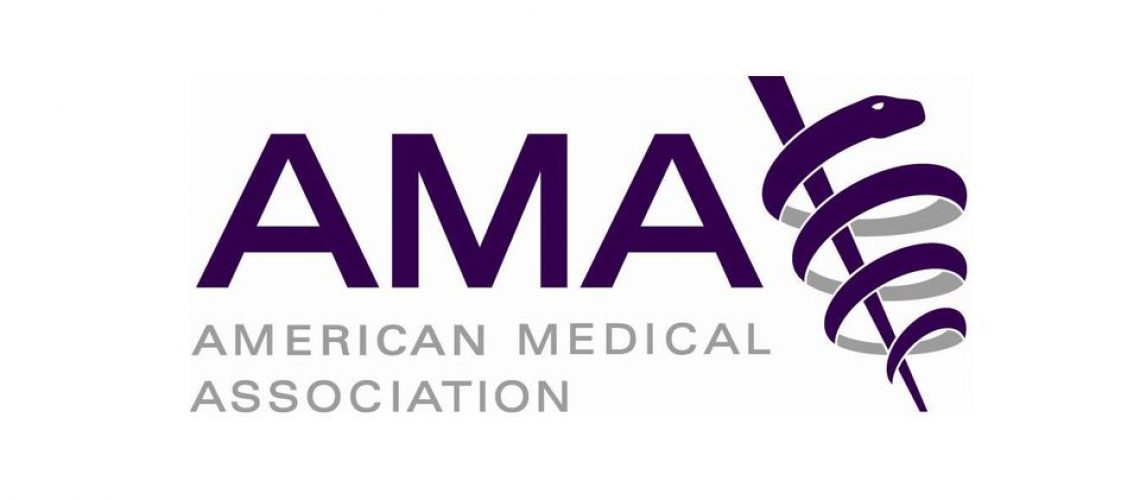The American Medical Association (AMA) has released the Current Procedural Terminology (CPT) code set for 2023, which contains updates that aim to reduce medical coding burden for evaluation and management (E/M) visits.
Providers use the CPT code set to document patient visits, including all services provided, and the codes are used to track utilization, measure quality of care, and create medical claims for payer reimbursement. Recently, the documentation and coding requirements for E/M visits were updated by CMS to streamline the process and address administrative burdens.
Specifically, in the 2020 Medicare Physician Fee Schedule Final Rule, CMS revised the code descriptors and documentation standards for E/M office visit CPT codes 99201 through 99215 as adopted by the AMA CPT Editorial Panel. Starting in 2021, the agency allowed providers to document E/M visits based on medical decision-making (MDM) or total time (versus the 1995/1997 E/M documentation guidelines).
Additionally, the new standards eliminated patient history and physical exam elements from the E/M coding process, when appropriate.
The 2023 CPT code set provides additional revisions to the rest of the E/M code section, AMA recently announced.
“The process for coding and documenting almost all E/M services is now simpler and more flexible,” Jack Resneck Jr, MD, president of the AMA, said in the announcement. “We want to ensure that physicians and other users get the full benefit of the administrative relief from the E/M code revisions. The AMA is helping physicians and [healthcare] organizations prepare now for the E/M coding changes and offers authoritative resources to anticipate the operational, infrastructural and administrative workflow adjustments that will result from the pending transition.”
AMA revised CPT coding guidelines across care settings and services to align with new E/M coding standards. The updates by care setting or service are as follows:
Inpatient and observation care services
- Deletion of observation CPT codes (99217 through 99220 and 99224 through 99226) and merged them into the existing hospital care CPT codes (99221 through 99223, 99221 through 99233, and 99238 through 99239)
- Revision of the code descriptors to account for the structure of total time on the date of the encounter or level of medical decision-making when selecting code level
- Retention of revised observation or inpatient care services, including admission and discharge services (CPT codes 99234 through 99236)
Consultations
- Retention of the consultation codes, with some editorial revision to the code descriptors
- Deletion of certain guidelines deemed confusing by the AMA, including the definition of “transfer of care”
- Deletion of lowest level office (99241) and inpatient (99251) consultation codes to align with four levels of MDM
Emergency department services
- Retention of the existing principle that time cannot be used as a key criterion for code level selection
- Revisions to the code descriptors to reflect the code structure approved in the office visit revisions
- Modified MDM levels to align with office visits and maintain unique MDM levels for each visit
- Retention of existing CPT code numbers
- Updates to current practice that was not explicit in the CPT code set, which may be used by physicians and other qualified healthcare professionals other than ED staff
- Allowance of critical care to be reported in addition to ED service for clinical change
Nursing facility services
- Revision to nursing facility guidelines with a new “problem addressed” definition of “multiple morbidities requiring intensive management,” to be considered at the high level for initial nursing facility care
- Deletion of code 99318 (annual nursing facility assessment), which will be reported through the subsequent nursing facility care services (CPT codes 99307 through 99310) or Medicare G codes
- Updated standard so not all “initial care” codes are the mandated comprehensive “admission assessment” and may be used by consultants
- Allowance of the use of subsequent visit when the principal physician’s team member performs care before the required comprehensive assessment
Home and residence services
- Deletion of the domiciliary or rest home CPT codes (99334 through 99340), which have now been merged with the existing home visit CPT codes (99341 through 99350)
- Elimination of the duplicate MDM Level New Patient code (99343)
Prolonged services
- Deletion of direct patient contact prolonged service codes (99354 through 99357), which will be reported through either the code created in 2021, office prolonged service code (99417), or the new inpatient or observation or nursing facility service code (993X0)
- Creation of a new code (993X0) to be analogous to the office visit prolonged services code (99417)
- Retention of 99358 and 99359 for use on dates other than the date of any reported ‘total time on the date of the encounter” service
In addition to E/M coding changes, the 2023 CPT code set also includes a new appendix with a taxonomy for artificial intelligence/augmented intelligence (AI) applications, the AMA announced. The new taxonomy delivers guidance to providers for classifying AI-power medical service applications, including expert systems, machine learning, or algorithm-based solutions. The solutions will be classified as either assistive, augmentative, or autonomous.
The 2023 CPT code set also includes additions to reflect emerging virtual care technology and remote monitoring service use in therapy.
“The new AI taxonomy establishes foundational definitions and a shared understanding among stakeholders that clearly describes the technical features and performance of AI applications, as well as the work performed by the machine on behalf of the health care professional,” said Resneck. “This shared understanding will help guide the CPT editorial process for describing the range of AI products and services.”
In total, next year’s CPT code set will see 393 editorial changes, including 225 new codes, 75 deletions, and 93 revisions. The code set will go into effect on Jan. 1, 2023. Providers can import the updated code set into their existing IT systems using the downloadable CPT 2023 Data File.
——————————————————
Photo courtesy of: RevCycle Intelligence
Originally Published On: RevCycle Intelligence
Follow Medical Coding Pro on Twitter: www.Twitter.com/CodingPro1
Like Us On Facebook: www.Facebook.com/MedicalCodingPro







